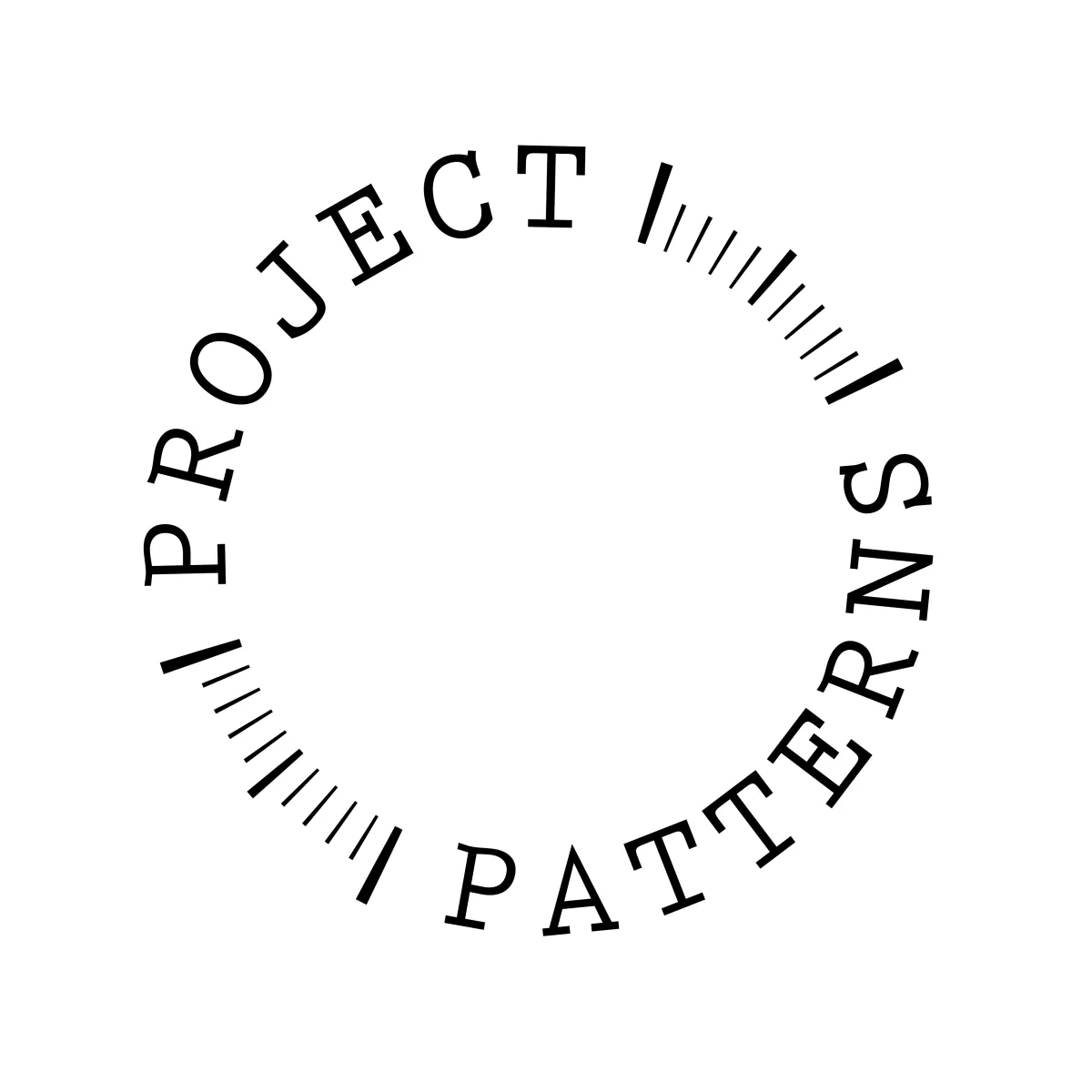Trench Coats: A Quick Peek Into Their Design History
They’re timeless. Effortless. And whether you know it or not, trench coats have a military past that explains every flap, strap, and buckle that they come with.
So if you’ve ever wondered who invented the trench coat, why trench coats have storm flaps, or why they’re usually beige or khaki - you’re not alone.
This post gives a quick dive into the classic trench coat features and where they came from - so you can understand what you’re making before you dive into our next Deep Dive pattern drafting project.
A Brief History: Who Invented the Trench Coat?
The short answer: Thomas Burberry. Sort of.
He created a weatherproof fabric called gabardine in the 1870s, which became the foundation for military outerwear. During WW1, officers needed a lighter coat than the heavy wool greatcoats they wore before. Burberry (and also Aquascutum) adapted their existing raincoats for this purpose, creating what we now know as the trench coat.
So, if you’ve searched who invented the trench coat, the answer is: it's a shared legacy. But Burberry is most credited with the look we know today.
Tip Box: If you're working with gabardine or heavier cotton twill in your next coat, you're using the same kind of fabric that started it all.
Why Are Trench Coats Called Trench?
It’s not just a name. Trench coats were literally designed for use in the trenches of WW1. That’s why they were lightweight, water-repellent, and long enough to cover the uniform, but short enough to keep the wearer mobile.
This history also explains the colour: the khaki tones were meant for camouflage, blending into the muddy terrain. Over time, it became a fashion icon, but the utility roots are still there in every detail.
Breaking Down the Classic Trench Coat Features
Sewing a trench coat can feel overwhelming at first -so many pieces, layers, and finishes. But once you know what each part is for, it makes so much more sense (and gives you more creative freedom to customise).
Let’s break down some of the most iconic trench coat design elements:
Storm flap (also called a gun flap): Originally added to prevent rain from getting into the jacket at the shoulder seam. It sits just over the chest or back and is often a design focal point.
Epaulettes: Shoulder straps that could secure gloves or even indicate rank. These add a military feel but also a clean design line.
Belt + D-rings: Here’s one you might have asked yourself: what is the D ring on a trench coat for? It’s thought they were used to attach items like map cases, canteens, or even swords. Today, they’re mostly decorative, but still fun to include!
Back vent + button tab: Originally for movement while marching or riding horses, but also handy for modern movement and cycling!
Cuff straps: To cinch the sleeve tight in wind or rain. They help prevent the cold from creeping in and add a tailored detail.
Throat latch: An extra strap to keep the collar closed against the elements when it’s pulled up around the neck.
Double breasted: To add structure and protection against the cold and rain.
Knowing what makes a coat a trench helps you make better sewing and design decisions. Like whether you need that storm flap at all, or if you want to add a modern twist to the length or fabric.

Trench Coats in Fashion: Then & Now
Trench coats were worn by movie stars in the '40s and '50s, reinvented on runways in the '90s, and are now a true wardrobe staple. You’ll find modern versions in everything from silk to faux leather, cropped or oversized. But the bones, that neat collar, storm flap and belt, they all remain.
That’s the beauty of it. The trench coat design elements have stood the test of time because they were designed with purpose. When you design, draft and sew your own, you get to honour that legacy and put your own spin on it.
Ready to Sew Your Own?
Inside our upcoming Deep Dive, we’re walking step-by-step through creating your own trench coat: from creating your block, to drafting collars, flaps, and finishes.
If you’ve ever wanted to make something structured, classic, and full of detail - this is for you!
And next time someone asks you why trench coats called trench, you’ll know exactly what to say. 😉

